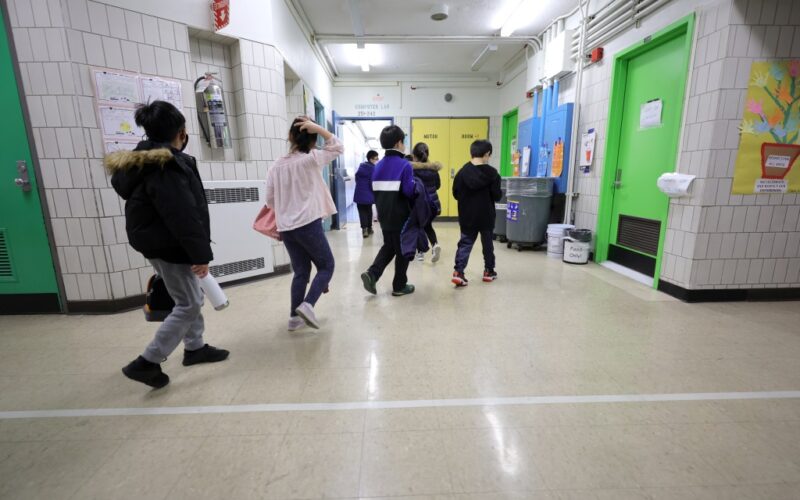Each spring in Albany brings the same ritual: closed-door negotiations, blown deadlines, and anxious school leaders refreshing their inboxes for news that hasn’t come. And once again, New York City’s public schools — the largest system in the nation — are stuck in the crosshairs.
This year’s budget delay is more than a political inconvenience. It’s a glaring reminder of a deeper failure: New York State still funds its schools using an outdated, patched-together formula that hasn’t kept pace with the real needs of today’s students.
The Foundation Aid formula — meant to ensure that every child in the state receives a sound basic education — was created nearly two decades ago in response to the Campaign for Fiscal Equity court ruling by the New York Court of Appeals. But instead of building on that legal mandate by updating the funding formula periodically with current data and add an objective analysis of current educational needs, state leaders in recent years have settled for cosmetic tweaks and short-term fixes. This year’s proposals are no exception.
Gov. Hochul’s budget proposal addresses just three of the 32 major problems researchers at the Rockefeller Institute identified with the current formula. Among those changes? A new way of counting economically disadvantaged students that detrimentally impacts funding for districts like New York City, where about a million students — many of them low-income, multilingual, or living with disabilities — are already struggling with under-resourced classrooms.
The Legislature’s response includes a small bump in the “Regional Cost Index,” which adjusts for cost-of-living differences. The state Senate’s plan would help New York City a bit more than the Assembly’s, but both are stopgaps — not real solutions.
It’s no wonder school administrators are left guessing. How do you plan your budget when the rules keep changing every year — and often at the last minute? How do you hire teachers, run after-school programs, or invest in mental health supports when Albany can’t give you a clear answer on how much money is coming?
This kind of instability isn’t just frustrating — it’s harmful. The consequences fall hardest on students in high-need districts like New York City, where every dollar counts and delays in funding mean delays in services.
Let’s be clear: we don’t need another round of duct tape. We need a new blueprint.
A truly modern funding formula would do what the current one no longer can: account for the actual costs of educating students in 2025 — not 2007. That means initiating a comprehensive process that looks objectively and fairly at the current needs of students throughout the state using relevant data, professional judgment and input from well-organized public engagement processes.
It also means fairness. Right now, districts are treated unequally depending on the political winds of any given year. One region’s gains often come at another’s expense, creating resentment instead of results. A transparent, research-based formula would give every district — especially the biggest and most diverse — what they need to succeed.
And most importantly, a better formula would bring stability. A fair formula should be put in place for several years, subject to annual inflation increases or responses to urgent new needs. No more waiting until May or June to finalize school budgets. No more guessing games. No more annual tug-of-war. Just clear, consistent funding that allows educators to do their jobs and communities to thrive.
The state’s highest court held in the Campaign for Fiscal Equity case that the state Constitution requires the state “to ascertain the actual cost of providing all students the opportunity for a sound basic education” and then construct a school funding system that would ensure that “every school” would have the resources necessary to provide such an opportunity. Again this year, Albany’s policymakers are choosing to ignore the constitutional promise of adequate and equitable school funding.
We urge the governor and the Legislature: don’t let this year’s budget negotiations be yet another missed opportunity. Commit now to overhauling the Foundation Aid formula. Convene a fair process that includes experts, educators, and community voices that can create a formula that reflects today’s realities — and tomorrow’s hopes.
New York’s students deserve better than annual uncertainty. They deserve a school funding system that’s fair, stable, and built to last.
Rebell, who helped win the Campaign for Fiscal Equity decision by New York’s highest court in 2003, is the executive director of the Center for Educational Equity at Teachers College, Columbia University.








